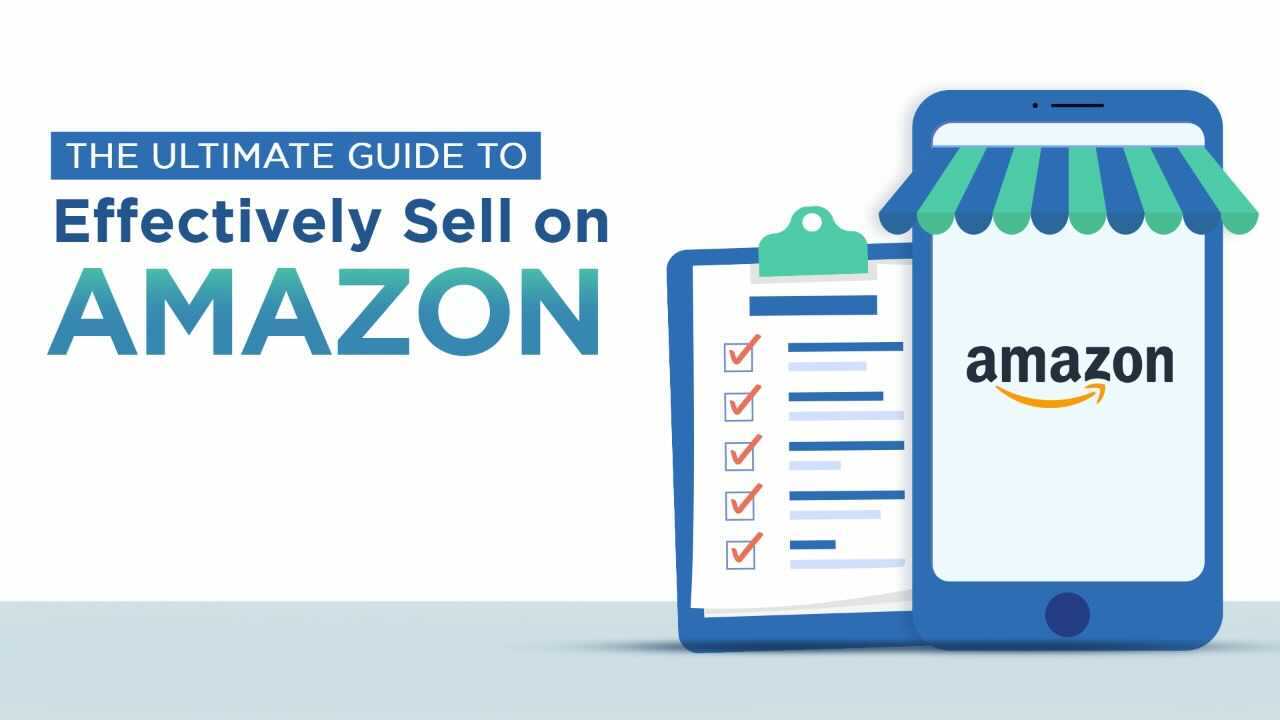
The Ultimate Guide to Effectively Sell on Amazon
From its humble beginnings as a small business running out of a garage, Amazon has become a launchpad for several small and medium-sized businesses today.
As the world’s largest online retail marketplace, Amazon has many offers and opportunities for business owners worldwide. Amazon holds the key to unlock unbelievable profits for your eCommerce business with a massive customer base, logistical services, and advertising opportunities.
In the US itself, SMBs sell more than 4000 items every minute—a small measure of the platform’s enormous potential for its almost 2 million active sellers.
Starting an e-commerce business is no cakewalk, but an Amazon store can make your journey effortless.
With Amazon’s “Fulfillment by Amazon” (FBA) initiative, you can outsource key responsibilities of inventory, order fulfillment, and customer service to the retailer. This way, you can focus your efforts on finding the best products and creating the listings.
How to Sell on Amazon in 7 Simple Steps
Read these 7 steps to know more about how to start selling on Amazon and set up your seller account right away. This blog will help you prepare the groundwork for your Amazon store to make blockbuster sales from the outset. We’ll cover:
1. Outline a business plan, and find your niche
Before diving right into setting up your Amazon seller account, factor in these parameters to create your business plan:
- Finalize a niche: With millions of sellers worldwide, the competition on Amazon is fierce. The most foundational step to launch your business is to decide the niche you’ll compete in, for which researching the scope of your selected niche before starting holds supreme importance.
- Determine costs: Starting and maintaining an Amazon seller account will include costs like—setup charges, inventory investment, product photography, branding, and fulfillment fees. Research about these charges so you can plan your budget accordingly.
- Amazon SEO: The best way to tap into the retailer’s huge customer base is through an organic listing strategy. Plan about your listing content, analytics for monitoring progress, and reviews to enhance your ranking on Amazon search results.
- Advertising approach: Amazon ads are three times better than Google Shopping Ads. Include a performance advertising plan for your brand or products and create strategies for sponsored product listings to promote your bestsellers.
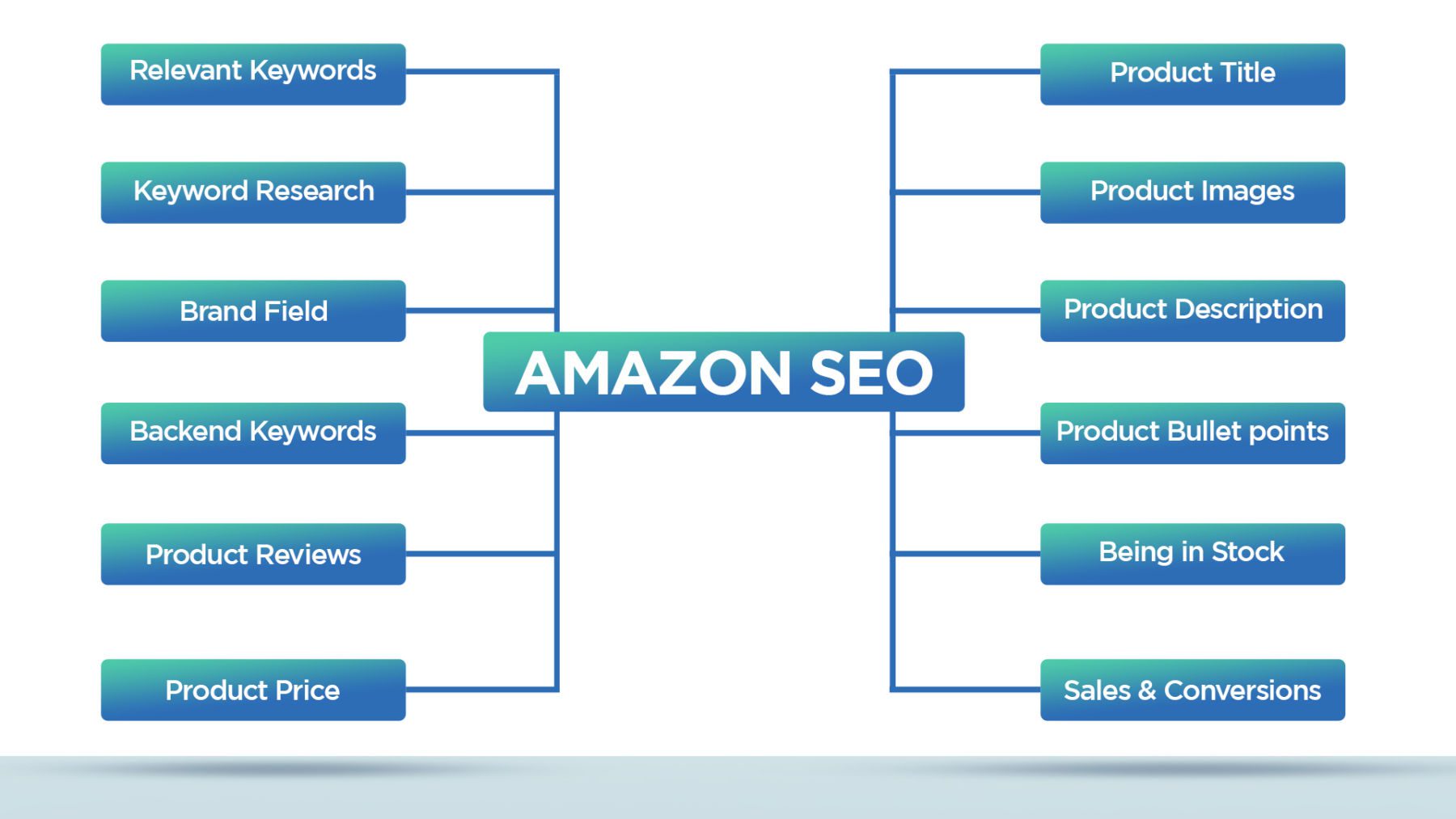
2. Identify your key products and suppliers
Many Amazon sellers buy in bulk and sell individually. Buying is cost-effective, and sales are lucrative. But if you want to start selling on Amazon, you must do some more research and identify the best products.
Conduct market and competitor research for the product
If you have shortlisted a product or a set of products, then start with a market audit. Study the competition for your product(s) and analyze your findings of the market.
Ideally, you can leverage a product that meets these characteristics-
- The retail price covering all the seller costs: $25-$50 is a good range.
- All-year-round demand: Use the Google Trend Report to evaluate product seasonality.
- Top seller reviews: Less than 200 reviews for the leading sellers of the product.
- Easy to source and ship: Easily accessible and lightweight for shipping.
Check out the FBA and shipping fees
Once you finalize your product, review the FBA costs for shipping. Under FBA, Amazon will take care of the logistics for your orders by charging a fulfillment fee.
Amazon determines the FBA charges for a product based on:
- Volumetric weight
- Size
- Channel of sale
Find suppliers
The hardest part about choosing products you can buy cheap and sell high is finding the right suppliers.
You can find the best suppliers for selling wholesale on Amazon through:
- Online marketplaces like Alibaba, Aliexpress, JimTrade, and Global Sources.
- Trade fairs to connect directly with the manufacturers
- Product sourcing agencies that offer third-party services
- Cold calling wholesale suppliers
Test your products before placing bulk orders
Once you have found the suppliers to get wholesale products for resale, remember to test the products. You can win over Amazon customers only with the quality you offer. So, ensure that the products you source in bulk are quality-tested.
3. Create an Amazon FBA account
Visit https://services.amazon.com/ to register your account as a seller.
- Go to the sign-up button to register and create a new account. Verify the email with which you have signed up.
- Choose the location and type for your business and enter your details.
- The next prompt will ask for your personal information.
- In the following steps, you must choose the marketplace region for your business and enter the billing information.
- The final step will ask for your store details and address validation.
- Once you’re verified, you can log into https://sellercentral.amazon.com/, and you’re all set.
After your account setup is complete, work on building your brand. Your seller account should include the following elements:
- Brand name: Pick something catchy yet meaningful that describes your products or services. It’s best to check Amazon’s Brand Name Policy during your search for an ideal name.
- Logo: Seek professional services or use a logo maker to create a unique and memorable logo.
- Tagline: Add more personality to your brand with an enticing tagline.
- Product name: Make your products more attractive with creative names and catalogs.
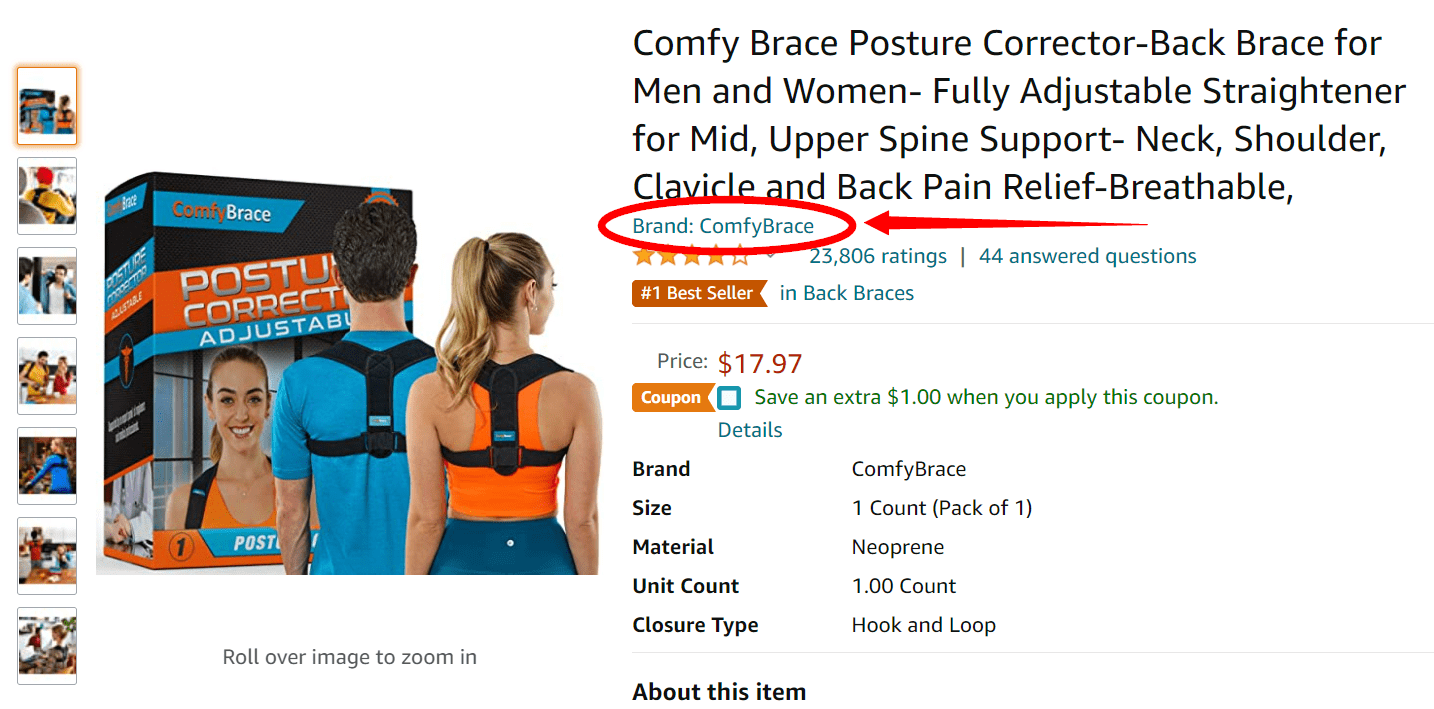
4. Package and ship products to the warehouse
Now that you’re ready to start your store for wholesale items to sell on Amazon, it’s time to pack and ship the inventory to the warehouse.
Follow these steps to ship your products:
- Go to the Inventory tab on your seller account and select the Manage FBA Inventory option.
- Select the products you want to ship. If you’re picking 1 product, then go to the Action on one selected button.
- Choose the “Send/Replenish Inventory” option.
5. Create and optimize your product listing
After you’re done with all the backend work, start building your product listings. Optimizing your listings to ace Amazon SEO will help you enhance your products’ search visibility, increase click-through rates, and boost conversions.
Here are a few best practices for Amazon listing optimization:
- Title: Use your five best keywords in the product title and make it as descriptive as possible. As per Amazon’s product title guidelines, you have to create a parent name and a child name. Refer to this example and infographic to understand more.
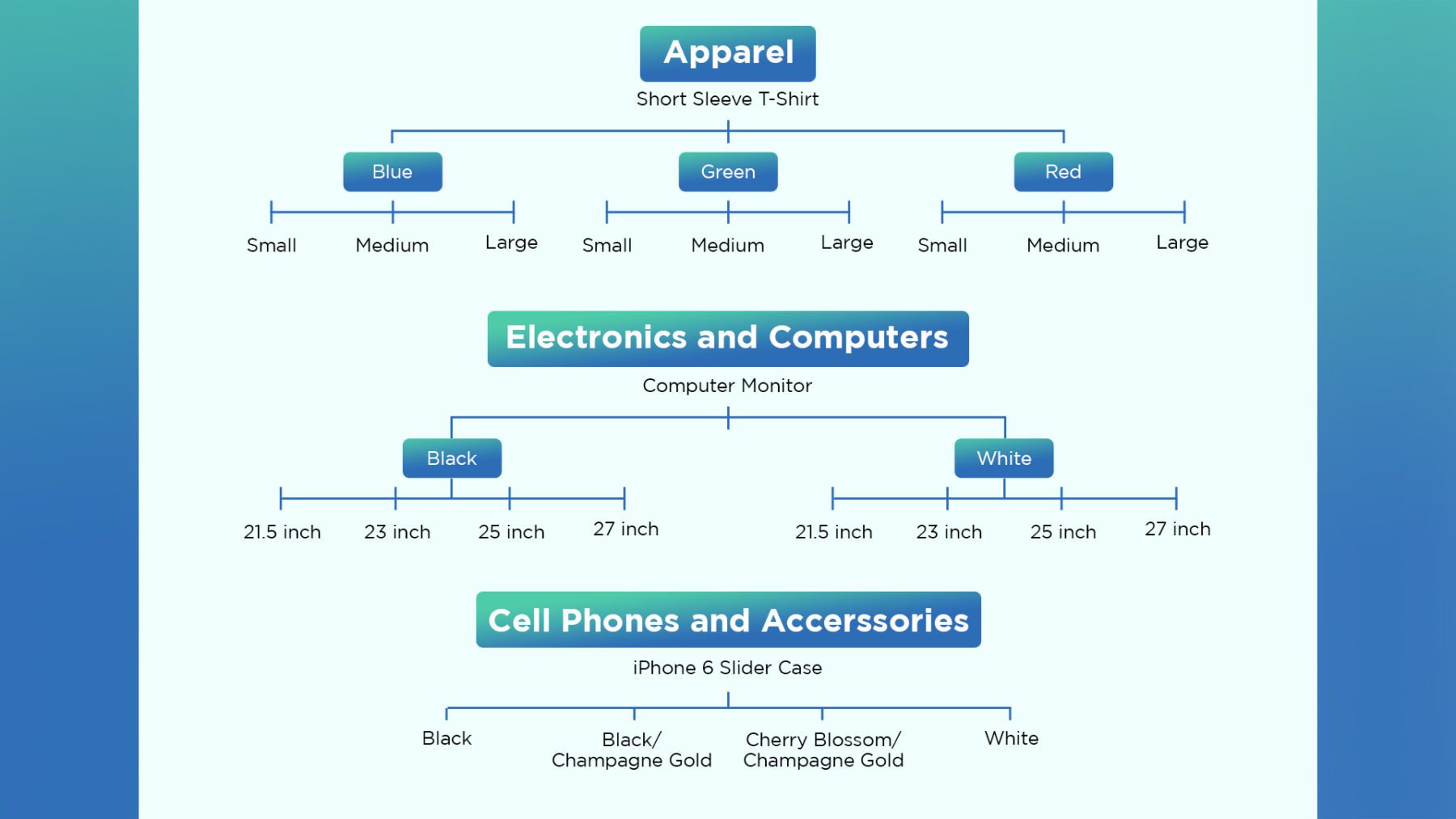
- Description: Explain your product’s utility and highlight its key features with a keyword-rich description. A key element of the description is the list of attributes and dimensions.
(You can add all the specifications of and variations available for the product, like the different sizes and colors for this bed.)
In addition to the key features and specifications, your listing will also include the product description.
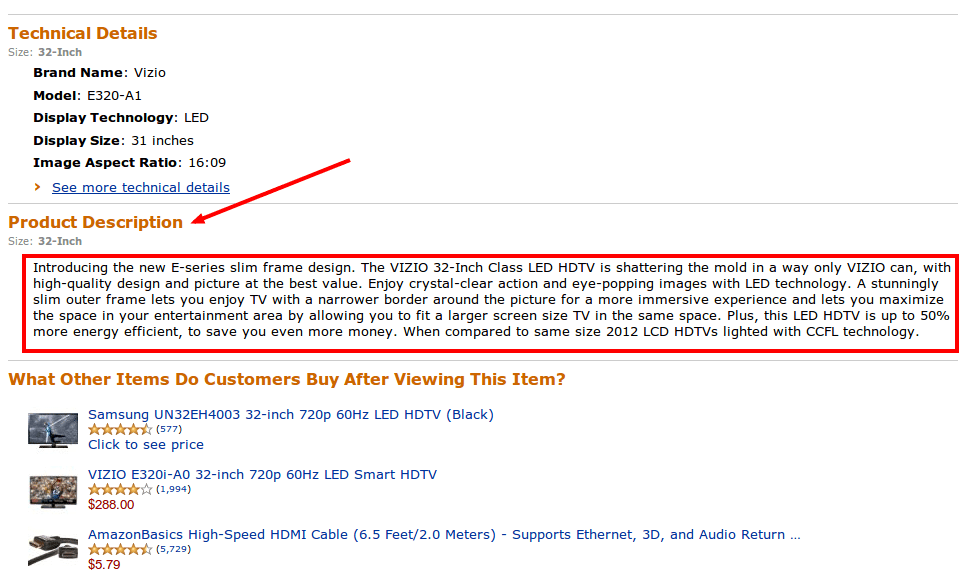
- Images: Use attractive, well-designed, and high-definition pictures of your product. Shed light on its USPs with an infographic. Remember to cover all aspects of your product from multiple angles.
- Q&A section: Answer some of the most asked user questions to clarify doubts and increase sales. Write helpful answers and add keywords in your answers as well.
With a good product listing software like SellerChamp, you can significantly enhance your Amazon listings and automate the entire process with bulk uploads, automatic imports from another channel, and intelligent processes that take care of the whole process like a breeze.
6. Organize and manage your inventory
There are many moving parts when you’re selling wholesale on Amazon. Forecasting sales and managing the inventory is one of the biggest challenges for a new seller.
You have to stay ahead and efficiently organize your inventory to avoid running out of stock and losing out on potential sales. Here’s a list of best practices to master the art of inventory management for the wholesale items to sell in stores.
- Predict your inventory needs: Use your past sales data and inventory forecasting tools to evaluate Amazon sales trends. Study the market conditions to predict your inventory needs for the future.
- Peak demand seasons: Factor in peak demand times like retail holidays, seasonal festivities, and customer behavior trends to manage your inventory.
- Use ‘Inventory Reports: Examine your inventory reports from FBA to keep track of your stock and plan your restocking order accordingly.
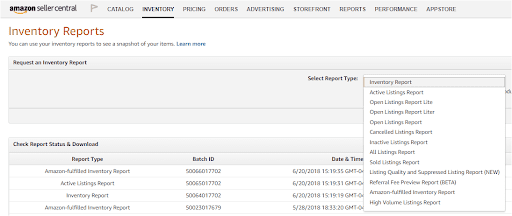
With a multi-channel inventory management software like SellerChamp, you can sync and cross-sell your inventory across marketplaces like Etsy, Walmart, and eBay. In a few simple clicks and form fields, you can automate this process and tweak it according to your preferences, so you don’t have to go through the hassle of manually updating or keeping track of inventory.
What’s better is you can turn on auto-imports, and all your marketplace accounts will get synced every 24 hours.
7. Get testimonials and fail-proof your Amazon listings
Did you know that 79% of customers make their purchase decisions based on the ratings and reviews?
This is the final step in your journey on how to start selling on Amazon—adding testimonials for your listings. Seek customer reviews for your products from different marketing channels.
Use these tips to encourage your buyers to leave an honest review and increase your chances of conversions:
- Create a personalized email requesting a review.
- Enroll in the Amazon Vine Program to secure trusted reviews.
- Request for reviews in your social media and email marketing campaigns
It’s also important to track progress and set up systems for managing the performance of your products. Good thing, SellerChamp offers an “Insights and Reports” feature where you can get a detailed overview of your performance across all marketplaces you’re listed on. Not just this, but you can also optimize your sales strategy by comparing reports and making informed marketing decisions.
How to Sell on Amazon: Wrapping Up
The world is brimming with opportunities for your eCommerce store. With minimal entry barriers and low capital requirements, Amazon is the ultimate destination to launch your store on a bigger scale.
But to secure all the benefits of an Amazon seller account, you must first do the hard work of researching and strategizing about your business. Use this stepwise guide to plan your business launch on Amazon and skyrocket your growth with an optimized account.
Boost your brand further by leveraging multi-channel listing software like SellerChamp to ease your work and manage your account conveniently. Need help getting started? Let’s chat!



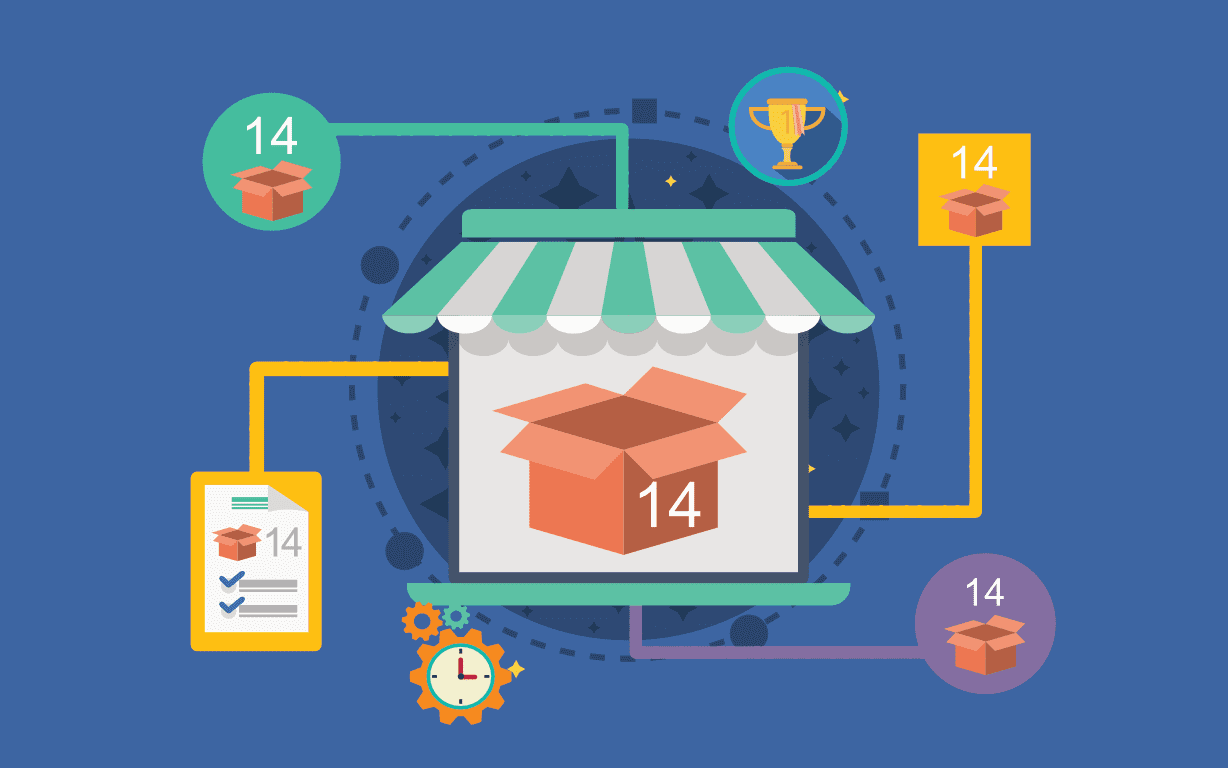
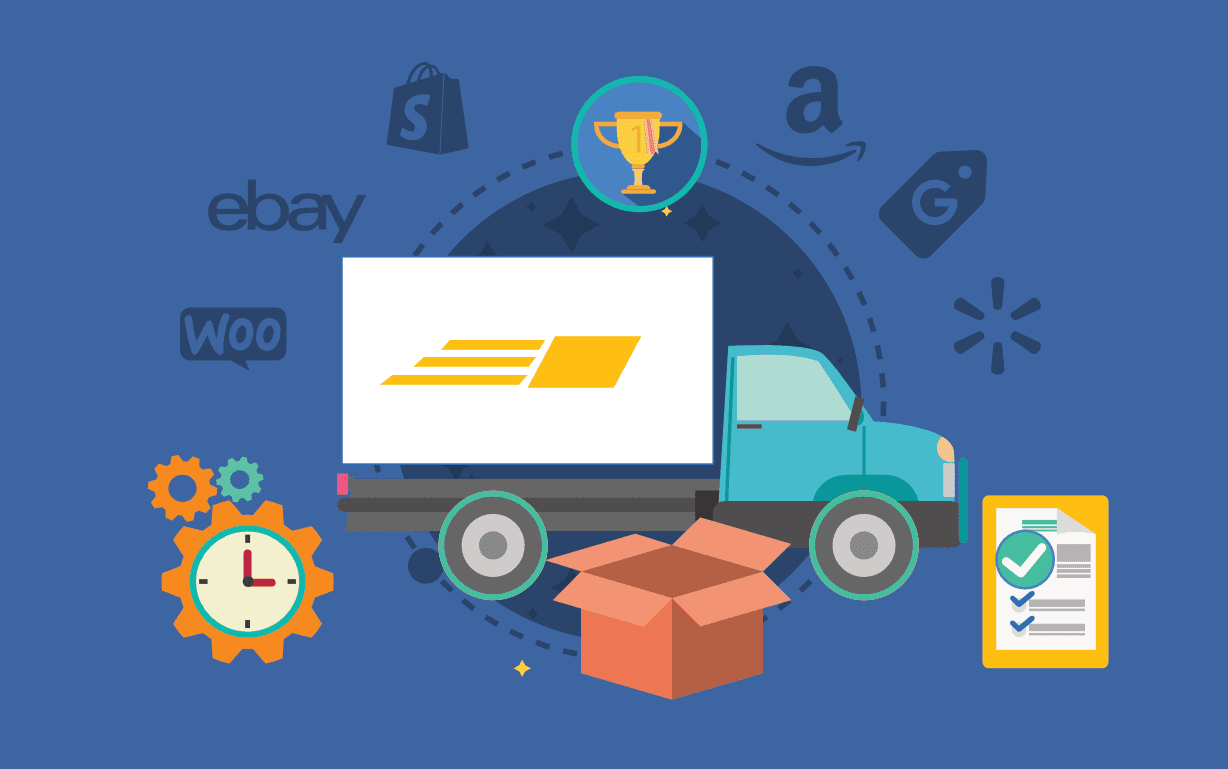
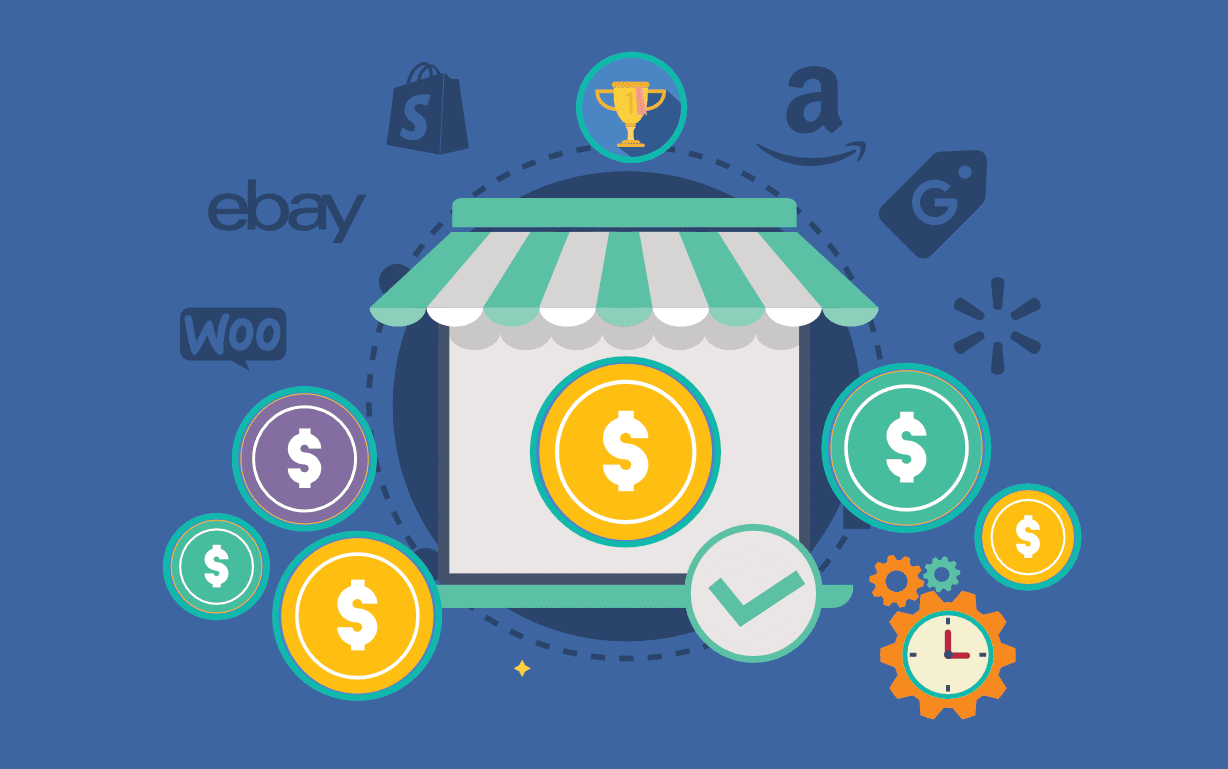
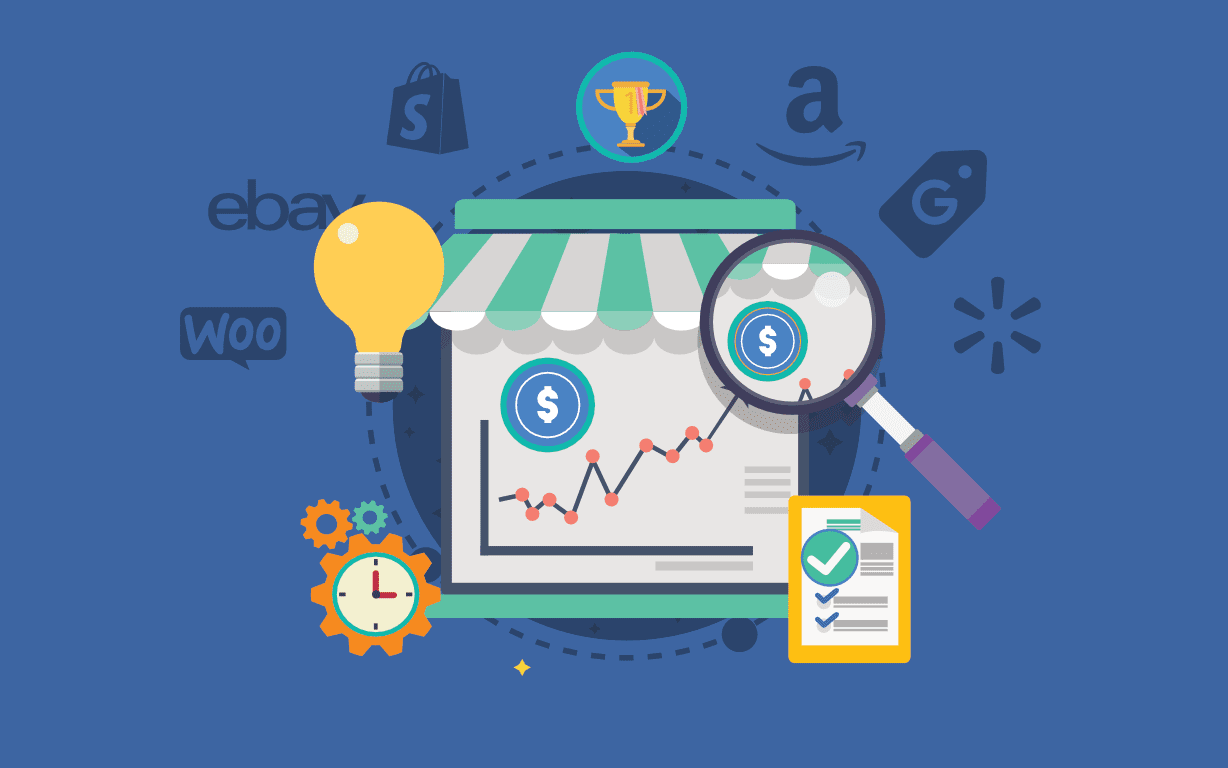
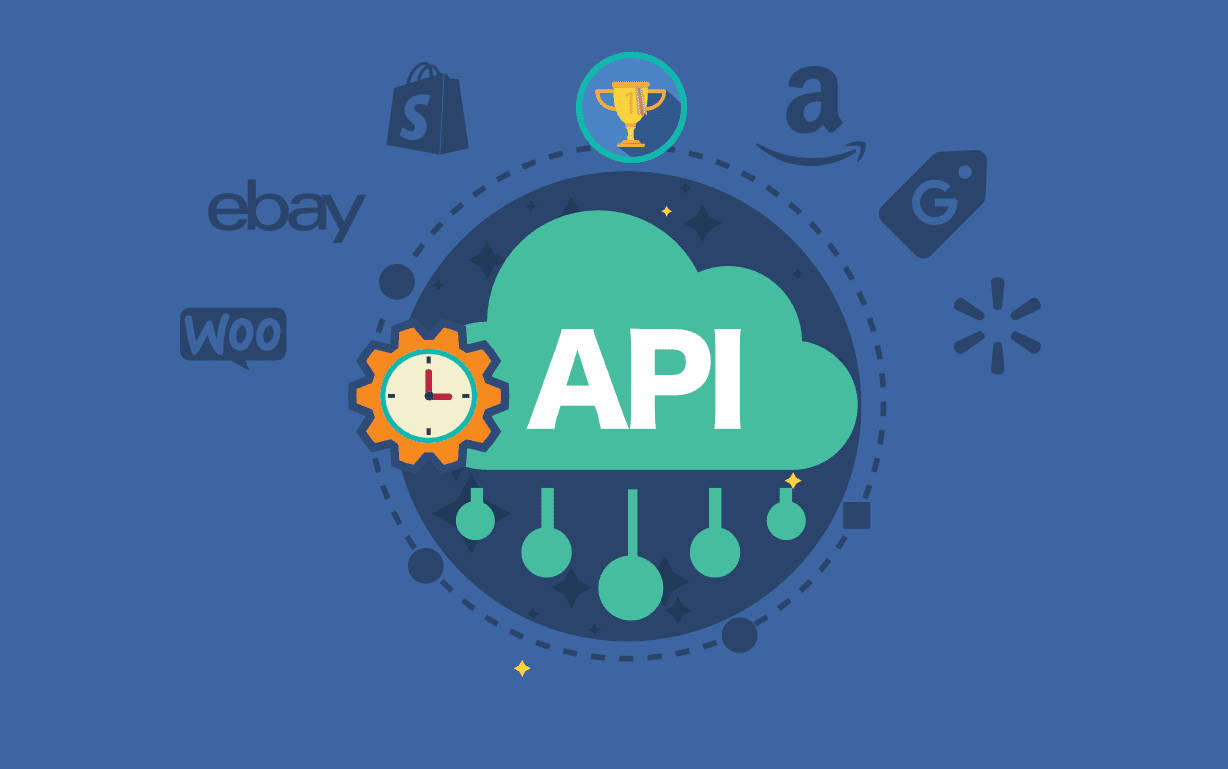




![Best Rated E-Commerce Automation Platforms and Tools [Updated]](https://sellerchamp.com/wp-content/uploads/2025/06/image4-1-600x315.png)



